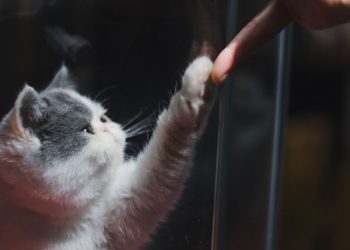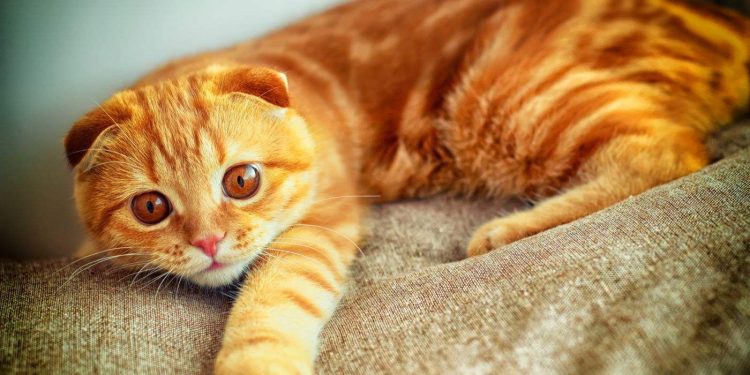Tools and raw materials preparation: foam box, waterproof bag (cat litter bag can be used), adhesive tape, mat for cat litter or old clothes, scissors.
1. Wrap a few layers of adhesive tape around the outside of the box to keep the box firm. If possible, you can put a layer of cardboard inside the box to prevent the cat from grinding its claws in the box and scratching the box.
2. Open a semi-circular opening on one side of the box. This is for the convenience of cats entering and exiting. Do not open it too large, because it is too large to cause wind, and it is enough to allow a cat to enter and exit.
3. Add a cover to the cat’s nest, and a layer of cardboard can also be added to the inside of the cover to prevent it from being scratched by cats, so that it becomes a small airtight space.
How to make cat litter
4. You can put the mats prepared for cats or old clothes before covering the lid to make the cat nest warmer and more comfortable.
5. With the lid on, it is a small airtight and warm space, but the upper lid is still movable and needs further processing.
6. Use cat food or cat litter bags to pack the box, and wrap it tightly with adhesive tape. Cat food bags are generally moisture-proof large thick plastic bags, which can be waterproof and windproof. If there is no cat food bag, you can use other strong thick plastic bags instead. Be sure to cut out the cat’s entrance and exit with scissors.
7. The cat litter must be sealed well to prevent the cat litter from getting damp. Pay attention to the entrance and exit. Making it like this can have a good heat preservation effect.




















